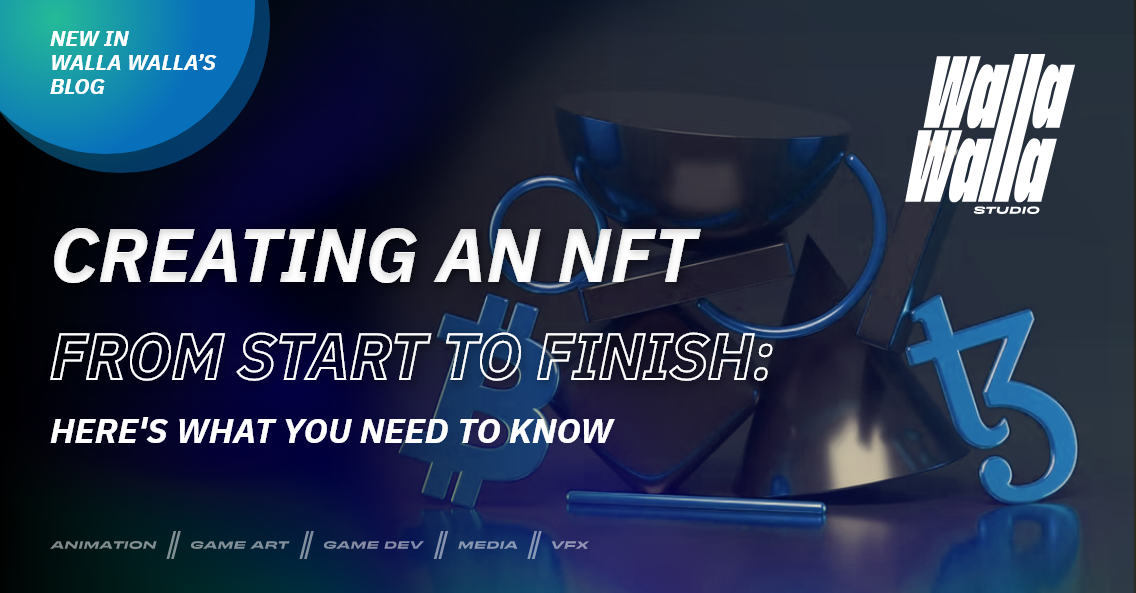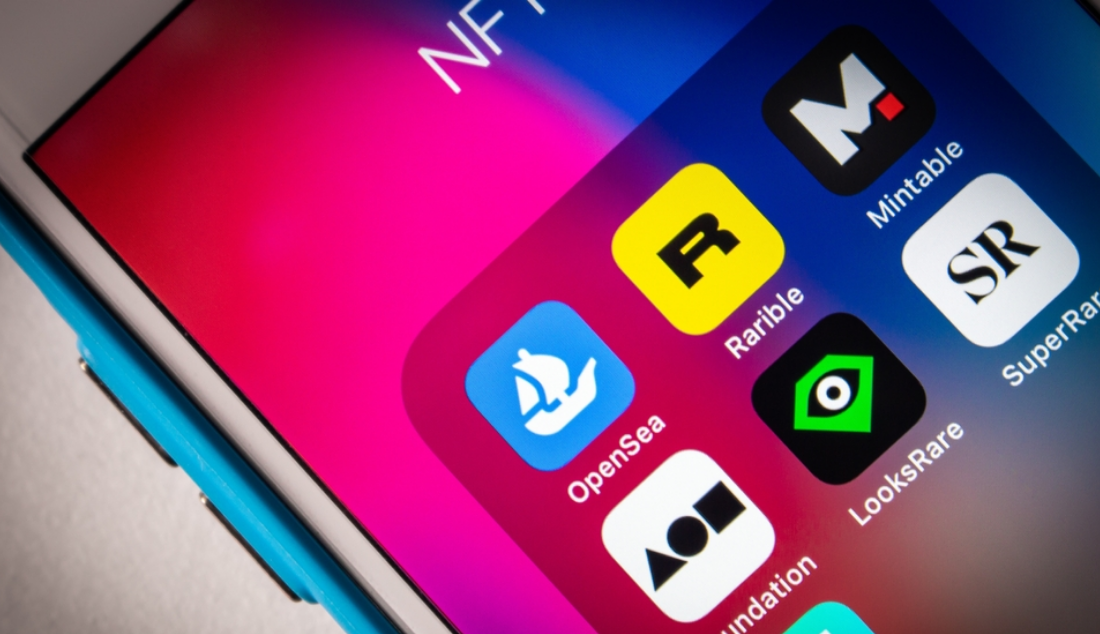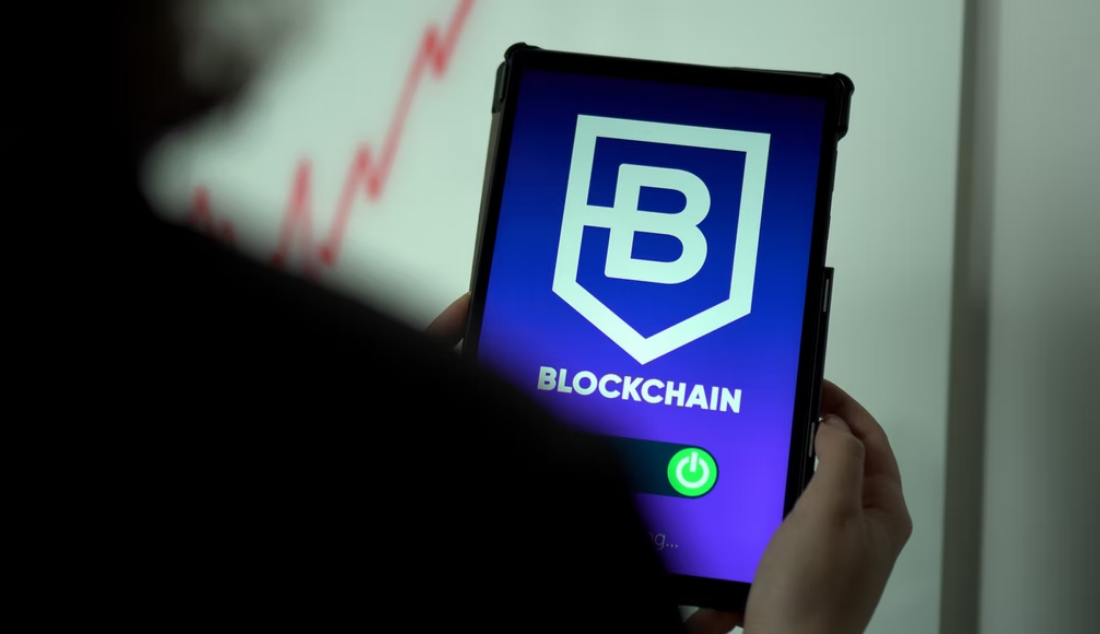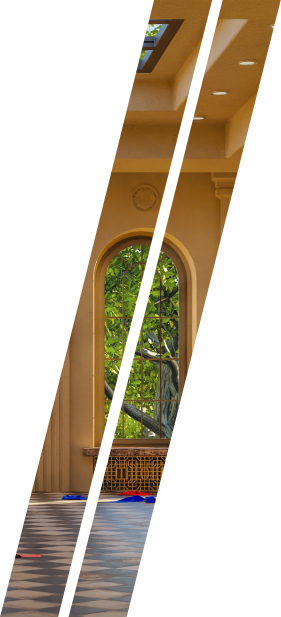 Search
Search

NFTs have resulted in paradigm shifts in game development and game art. Whether you regard them as a huge opportunity for artists or just a hypothetical fad, NFTs keep grabbing headlines every time they sell for millions of dollars.
There are many debates on how long NFTs will last. However, this has not made them any less popular online.
NFTs will be here for a long while, and that’s evident with the rise of the Facebook metaverse. Therefore, now is the time to brush up on your digital knowledge.
In this NFT guide, you’ll understand how NFTs work and any contentious issues surrounding NFT.
But first, you must know what NFT games are, the advantages and dangers of creating NFT, and many more.
So without further ado, let’s get rolling.
What is an NFT?
If you are not digitally versed, you’d probably wonder what an NFT is and why it has become so popular.
NFT is an acronym that stands for Non-Fungible Token. In simpler terms, it means a unique and distinguishable data unit stored in a digital ledger that utilizes blockchain tech to ascertain proof of proprietorship.
NFTs are different from digital currencies such as Ethereum and Bitcoin. The main distinguishing factor is that NFTs are unique and can’t be traded like-for-like, making them non-fungible.
Any digital file that can be easily reproduced can be cached as an NFT to establish the original copy. This technique is employed in other areas, such as making memes, videos, tweets, music, and art.
Recently, there has been increased interest in the upcoming NFT game trends. What is the NFT game? An NFT game is a game that utilizes NFTs in its mechanisms, player interactions, and rules.
NFT games combine classic game art elements with innovative techniques to give players control of game assets like visual territories and characters. What is a game asset? Game assets are part of the game, like text files, game art, and music files.
The main difference between ordinary games and NFT games is that the former is solely for recreational purposes, and only the creator benefits financially. Users have to make an initial investment to play NFT games that generate returns.
What You Need to Know When Planning Issuing of NFT Art Assets for Games
NFTs can be used to represent ownership of various digital assets. For instance, you can issue an NFT representing ownership over an item in-game. This assists in preserving every token’s value and reduces gold farming as users earn these NFTs by playing the game than by buying them from others.
The standards on which NFTs are issued determine how an NFT’s features will be implemented. Choosing standards allows a game developer to program assets with specific traits and set up detailed and strict guidelines on how to interact with features of assets built on NFTs. Most NFTs are built using Ethereum tokens; the most common standards are ETH-based. These include:
- ERC-721: This was the first standard for NFT digital assets creation. Allows developers to create ERC-721 compliant contracts using OpenZeppelin import. It also offers a way for developers to transfer assets through the transferForm approach.
- ERC-1155: This standard permits the representation of a group of assets.
Even though ETH is the most developed and convenient site for token creation, other valuable chains, FLOW, accept NFT projects and have partnered with UFC and NBA to create exclusive NFT items for fans of these games.

How Do NFTs Work?
You can verify the ownership and identity of an NFT using a blockchain ledger.
NFTs were initially launched on the Ethereum blockchain. However, other blockchains such as Bitcoin Cash and FLOW also support them.
Regardless of the original files’ format, the NFT that identifies its proprietorship can be purchased and sold like any other art. And like physical art, the market demand determines the price of an NFT.
If you’ve ever wandered into a gift shop or an art gallery, you will likely find replicas of well-known masterpieces in many such gift places.
Some NFTs work in the same way; segments on the blockchain are entirely authentic, but they do not hold the same value as the prototype.
NFTs typically come with a license to the digital property linked to them. However, this doesn’t grant automatic copyright ownership; the copyright owner can make replicas of the work, and the NFT owner will have no right to ask for royalties.
Things to Know When Planning the Art of NFT Art Assets for Games
- The target audience: Before deciding on your project’s concept, you should know the community you’re targeting. For instance, if you’re creating an NFT game, you should target teenagers.
- The project’s concept: This is the most crucial aspect. Since people pay for the game assets, their design should be well-thought-out and interesting for buyers. So, explore different NFT projects on the internet to get an idea of how to develop an exciting project’s concept.
- Explore other NFT Collections: This will help you know the market trends and will give you inspiration on how to make an NFT game.
- Choose an art style: Choose a style that resonates with your target audience. Also, ensure you pick game art that will appeal to your audience.
- Choosing a project name: Select a concise and attractive project name.
- Defining project details: Include timelines, pricing, and distribution.
Non-Fungible Tokens Benefits
Non-fungible tokens are the latest variety of digital assets.
Let me make it simpler;
On the one hand, you have so many outstanding million-dollar NFT auctions, while on the other, you have a third of the NFTs going for less than a hundred dollars.
It’s logical to think about the plausible factors that control the value of NFTs. The answer lies in the advantages of NFTs.
That said, listed below are some of the benefits of non-fungible tokens, which give the basis for their worth.
1. Ownership
The significant benefit of non-fungible tokens is seen in the proof of proprietorship. Because NFTs are on a digital ledger, they can help in linking ownership to one account.
Most importantly, NFTs can’t be divided and therefore can’t be allocated to more than one owner. The ownership benefits of the NFTs make sure that buyers are secured from concerns of purchasing counterfeit NFTs.
Disparagers of NFTs have claimed that individuals could take photos of NFTs and put them on sale or give them up for free.
While it’s true you can have a picture of the NFT, the real question is, do you own the asset? For instance, if you download the image of the Mona Lisa from the internet, does it make you the owner?
Having an NFT ascertains that you own the original and therefore have ownership over its worth. Consequently, NFTs can change the traditional ways of authenticating and managing asset ownership.
2. Authenticity
The advantage of non-fungible tokens depends mainly on the uniqueness of the tokens. NFTs are generated on the blockchain, implicating the association of outstanding records with them.
The unique features of NFTs display their capacity for contributing value. Concurrently, NFT creators have the right to issue only a specific number of NFTs to establish a supply shortage.
In some cases of NFTs, artists can choose to create several replicas, like in the instance of tickets. Conversely, the blockchain’s immutability on which NFTs are kept also guarantees authenticity.
Blockchain-based NFTs have immutability that warrants they’re immune to replacements, removal, or modifications. Thus NFTs can display their authenticity easily as the most treasured feature.
3. Economic opportunity
NFT advantages have leaned towards the fundamental features.
Currently, NFTs have developed extensive use in the digital content domain due to the fragmented nature of the digital content community.
Content creators often face the concerns of other sites tossing down their gains and the possibility of earning.
For instance, a digital creator publishing their work on social platforms would earn cash for the network by selling ads to the artist’s fans. While the creator gets his due exposure, it doesn’t help him make cash or benefit from the site.
The non-fungible tokens’ benefits could usher in the growth and development of an entirely new creator economy. This economy would center on assisting content artists in keeping away from the necessity for shifting ownership to sites used by them to publicize their work.
Risks Associated With NFTs
1. Scamming
In a general sense, E-commerce has always been a sort of gambling man’s game—this is why esteemed sellers such as Amazon have gotten up to superpower omnipotence level.
If we aren’t collecting the product from the shelf ourselves, how can we prove the deal’s legitimacy?
Without a face and name to trust, the internet becomes almost similar to the wild west. There are several ways to fall for a scam when purchasing an NFT:
- Unverified sellers
- Fake marketplaces
- Fake sellers who impersonate the actual artists sell copies of their work at a lower price than the original one.
The above should worry buyers, but what of investors? Angel investors should be particularly on their guard for fraudulent projects and untrustworthy “artists” aspiring to acquire wealth fast.
2. Not suitable for the environment
Cryptocurrency has brought a lot of change to the world, but something that can’t be put out of sight is the industry’s undeniable negative effect on the environment. The computers that produce this blockchain data continuously run at an extremely high capacity.
An enterprising duo proceeded further to quantify the exact amount of energy the proof-of-work concepts consume. Their findings were that it’s more ecologically taxing to mine crypto than mining platinum, gold, and copper.
Additionally, they evaluated that between January 2016 and June 2018, cryptocurrency mining solely contributed approximately 3-15 million tons of carbon dioxide emissions to our existing environmental state.
3. They aren’t art
Scholars of the ancient school of modern art frequently argue that the Dalis and Van Goghs of our time caught the sight of the light of day “since kids are lazy nowadays.” This is true, but the culprit isn’t necessarily worked ethic; money is.
A little success in the NFTs world surely narrows down to a stroke of luck. The Doge pup’s owner most likely didn’t anticipate that a random picture of her fido would cost above 4 million dollars in 2021, to mention one freak instance.
You could claim that a similar belief applies equivalently to the art world as it’s currently—though this doesn’t have to be the case.
Let’s say you get a stadium full of individuals and present them with a few memes in succession, and you’ll likely get some idea of those that’d get a laugh from the men in the stands or every member of the working group.
Should You Make an NFT?
Like when you’re purchasing NFTs, you must set up a wallet, which you must fill with cryptocurrency. This necessity for funds upfront brings about complications.
The concealed fee can be unreasonably astronomical, with platforms imposing a ‘gas’ fee for each sale—the cost of energy it takes to finish the transaction and a buying and selling fee.
Additionally, you have to consider conversion fees and price fluctuations depending on the day’s time. In general, this implies that the cost can frequently sum up to more than the selling price of the NFT.
Choosing The Right Platform To Issue An NFT On
The initial NFTs were part of the ETH blockchain. With time, other blockchains started facilitating NFTs. Since behind every NFT is different blockchain technology, not all marketplaces trade all varieties of NFTs.
When choosing an NFT marketplace, consider if it supports a particular NFT token standard. If you’re looking to mint 1 of 1 piece of NFT games, consider trading in curated marketplaces like Foundation, Portion, MakersPlace, and SuperRare. If you’re looking for platforms that give users flexible trading of NFTs, consider platforms such as Rarible or OpenSea.
Each site has its framework in place. Some platforms have no barriers to entry for users. This is an excellent feature for artists who wish to try out different NFT marketplaces.
However, such features make the site flooded with artists who want to hop onto the NFT wave. This makes it difficult for new artists to break through into the NFT space as there’s an ample supply pool. Even though the artwork may be unique, there are plenty of other pieces, and users have to sift through all the pieces to stumble upon them.
Therefore, ensure you look for a platform with a lower pool of artists to make it easier for you to trade NFTs. This means joining sites where you either have to buy an NFT or be invited with another artist who’s already selling on the.
Every new artist gets one when they join the platform on such sites. This system builds a stronger artist community while simultaneously curating the site, making it easier for buyers to find pieces and artists to sell.

What to Know When Planning the Release of NFT Art Assets for Games
NFTs have revolutionized in-video game purchases and are still the kingpin on any digital assets being purchased, thus attracting many gamers.
NFT has helped actual buyers take up ownership of assets. In other words, you can buy and sell them far and beyond multiple gaming platforms.
However, you’ll only enjoy the extra value if you’ve had and used it for some time. This is why many games are created with NFTs in mind.
Despite NFTs mainly being displayed, a blockchain game such as Axie Infinity entails players battling each other or various tough characters who finish daily quests using game creatures such as Axis.
All Axie is unique NFTs creatures bought and sold on mostly Ethereum blockchain.
Axie NFTs minting is now referred to as in-game breeding as they have unique and outstanding stats while also costing quite a fortune. Its marketplace volume has hit $500 million (125,000 ETH) in 30 days.
Players can buy in-game virtual NFTs that make digital real estate show places or locations where bosses spawn and monsters live. Even though the NFTs Axis represents a vast figure, the previous months have seen NFTs level up.

Conclusion
The three main areas in NFT gaming that have potential include blockchain technology, the metaverse, and social media. An upcoming NFT game would utilize metaverse to create a more pleasurable gaming experience. A game developer creating an NFT game like fighting in the metaverse will make it more surreal and include opportunities to generate revenue.
Games on Near also act as hybrid digital media sites. In Near Lands, a pixelated open-world game, players can participate as much for the sense of community as the gameplay. Players can also create an NFT character and items while on adventures in the game’s open world.
Relay Chain also explores this idea with its multi-chain, social gaming metaverse, allowing players to level up their gaming and social lives through game art design services like multiplayer 3D and 2D experiences.
Blockchain-based NFT gaming gives players authority over assets on a gaming platform to generate more views. The development of blockchain games will be because of the power they give to players and their rising features. Any upcoming NFT game will be integrated with underlying blockchain technology.
The future of NFT games gives players a chance to trade in-game assets of their favorite game. Users can also make transactions developed in-game on another marketplace, allowing them to earn from it.
Whether NFTs are here to stay is a debate that will probably never end, but for now, it has revolutionized the digital industry. Even though it’s an opportunity you shouldn’t miss out on, consider all possibilities before pegging your hopes. In other words, be cautious with every platform you use.
If you want to create an exciting NFT game or characters, check Walla Walla Studio, which helps individuals, startups, and business owners produce NFT assets without hassle.


